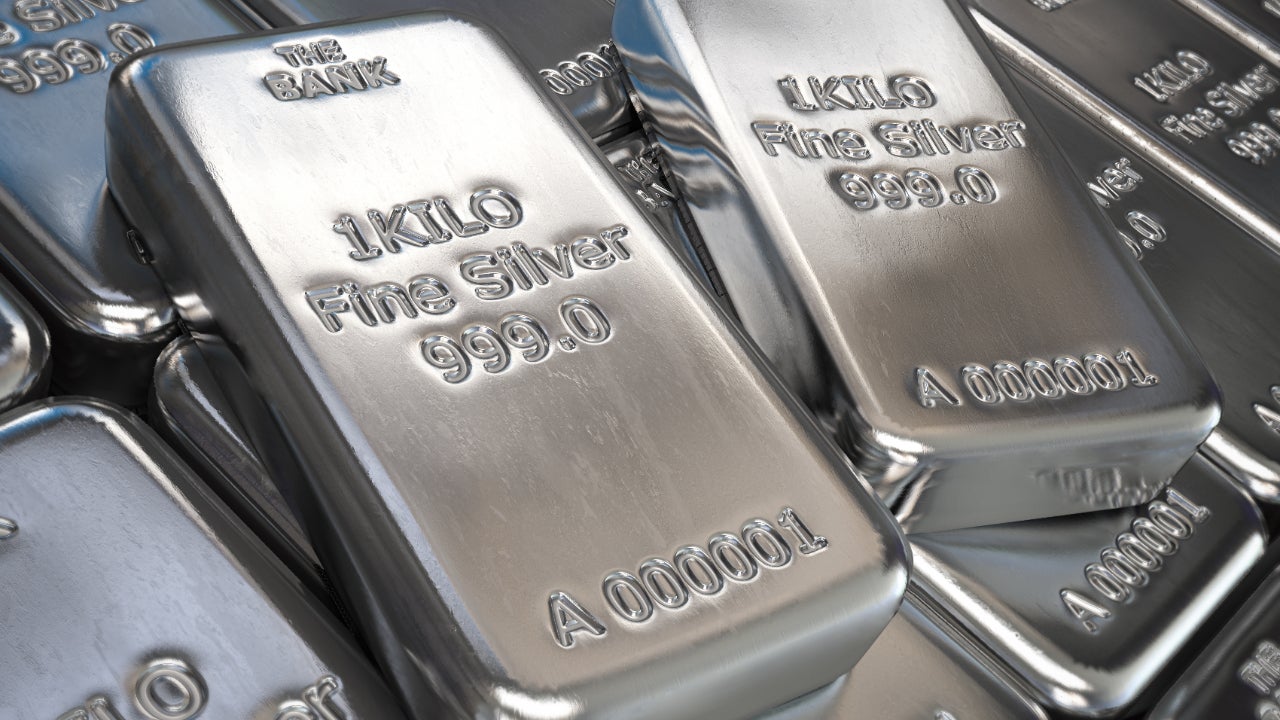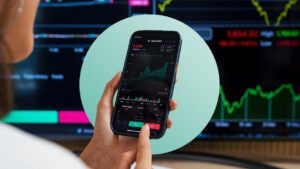4 popular strategies for trading futures

Futures allow traders and others to wager on the price of commodities, metals, interest rates, currencies and more. They’re popular because they offer the potential for fast profits, and traders have many strategies for trading futures depending on their investment thesis and expectations.
Here are how futures work and four popular strategies for trading futures.
What are futures and why do certain investors like trading them?
Futures are a financial contract that gives the owner the obligation to buy a commodity or other security at a predetermined future time. The seller of the contract is required to deliver these items at that time. When that date arrives, the contract is settled and ceases to exist.
Futures are available on a huge variety of deliverables, including major commodities such as oil, wheat and corn, currencies and metals. There are even contracts based on interest rates and the price level of indexes such as the S&P 500. Futures trade on exchanges and are available for qualified investors to trade.
To purchase a futures contract, traders must put up a portion of its value (called margin), ranging from 3 to 12 percent depending on the contract. This money acts as security for the contract. As its value changes over time, either side of the contract may have to add money to the account to meet the minimum margin requirement or have the contract closed out.
Futures are often traded speculatively to make a profit, without the trader intending to take delivery of the underlying good or item. The owner of the contract can simply sell it at the then-current rate, while someone who has sold a contract can simply buy the contract back.
Of course, the trader profits if the price of the sale is greater than the price of the purchase.
Futures are appealing because they allow traders to use the power of leverage to magnify their returns. Traders have to put up only a small percentage of the contract’s value at the start, so they can make many times their money if the price of the underlying good moves in the right direction. Of course, if the price moves unfavorably, they could lose just as much, too.
Leverage also makes options trading a particularly fast-moving and lucrative play. Futures have similarities with options, though both have important differences to be aware of.
4 strategies for trading futures
The following are core approaches to how you can trade futures.
1. Go long futures
When you purchase, or “go long,” futures, you’re making a directional bet on the underlying good, expecting its price to rise by the contract’s expiration.
For example, you may expect the price of crude oil will increase over a certain time period. You could go long oil futures using the crude oil futures contract (code: CL) on the New York Mercantile Exchange (NYMEX). The contract represents 1,000 barrels of West Texas Intermediate oil.
For every dollar increase in the oil price, the contract’s value rises by $1,000 ( $1 price move * 1 contract * 1,000 barrels per contract). If oil rises $10 per barrel, you’d make $10,000 per contract. (Note that this doesn’t include commissions and other exchange fees that you’ll need to pay.)
You sell the futures contract to close the position and pocket the difference. This setup works similarly to buying call options.
2. Go short futures
When you sell, or “go short,” futures, you’re making a directional bet on the deliverable, expecting its price to fall by the contract’s expiration. This trade is like going long but in reverse and will be profitable if the price of the deliverable decreases before expiration.
For example, if you expect the price of crude oil to fall before the contract’s expiration, you could go short oil futures by selling that same CL contract on the NYMEX.
For every dollar decline in the oil price, the contract’s value decreases by $1,000 ($1 price move * 1 contract * 1,000 barrels per contract). If oil falls $10 per barrel, you’d make $10,000 per contract. Once again, that doesn’t include commissions and other exchange fees that you’ll need to pay.
Because you sold the contract to open the position, you’d purchase the same futures contract to close out the position, pocketing the difference. This setup works similarly to buying put options.
3. Set up an intra-market calendar spread
A calendar spread involves buying and selling a contract on the same underlying good at the same price but at different expirations. In effect, it’s a combination of the first two strategies listed here, and it’s called “intra-market” because the contracts are based on the same deliverable. Due to this setup, a successful spread often ends with one profitable leg and another with some loss.
A calendar spread is a hedged strategy rather than a one-directional bet on the movement of the underlying asset. Typically, the price of a contract is higher in the future, to account for the costs of carry such as storage, insurance and interest rates. So with this setup, a calendar spread may involve buying a shorter-dated contract and selling a longer-dated contract.
For example, a trader might set up a calendar spread on oil futures by buying a February $75 contract and selling a July $75 contract.
The spread can become profitable in a few ways, but they all revolve around the differential price of the hedged trade increasing. That is, the long contract goes up more than the short contract does or it falls less than the short contract falls — creating a positive move overall for the trade.
- The February contract might spike (due to supply shortages, say) while the July contract moves up less, since the market expects the shortage to be mostly resolved by then.
- The July contract may fall more than the February contract (due to expected issues later in the year, perhaps), leading to a gain.
- If pricing on the underlying asset remains more or less stable, the passage of time may narrow the spread between the contracts, allowing the trader to capture the convergence of pricing as a profit.
Exchanges may offer a calendar spread as a separately traded product with a reduced margin requirement due to its hedged nature. However, traders can always “leg into” a spread (that is, buy the two legs of the trade at different times), for example, if they want to hedge a position later on.
A lower margin requirement can make spread trading more attractive than simply going long or short while also enjoying less risk and still-strong returns.
4. Set up a commodity pairs trade
A commodity pairs trade involves buying and selling contracts on different commodities that may have a historical pricing relationship — for example, gold and silver. Typically the contracts would have the same expiration but on two different underlying deliverables with a similar total value.
A pairs trade is a hedged strategy that’s not a one-directional bet on either commodity. A pairs trade works on the idea that the current ratio between the price of the two commodities would return to its historical ratio, either narrowing or widening depending on the circumstances.
For example, if silver was relatively cheap historically compared to gold, a trader might buy silver futures and short gold futures, hoping to profit on the convergence of the prices closer to their historical average over time. On the other hand, if the prices were close to their historical average, a trader might do the reverse and set up a trade that profits on the divergence of the two prices.
In a pairs trade, the trader may profit on both legs of the trade, one of them or neither. The trade may also be profitable on one leg but end up a net loser because the gain is more than offset by a loss on the other leg, or vice versa. An unusual pricing pattern may also continue, with wide spreads widening and narrow spreads not diverging, making losers of both legs.
Bottom line
Trading futures can be lucrative, but the flip side is that it’s risky, especially in commodities and goods whose prices may prove to be highly volatile. That’s why traders may decide to make hedged bets in the futures market, helping to limit their risks while still making attractive profits.
Editorial Disclaimer: All investors are advised to conduct their own independent research into investment strategies before making an investment decision. In addition, investors are advised that past investment product performance is no guarantee of future price appreciation.
Why we ask for feedback Your feedback helps us improve our content and services. It takes less than a minute to complete.
Your responses are anonymous and will only be used for improving our website.






